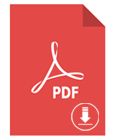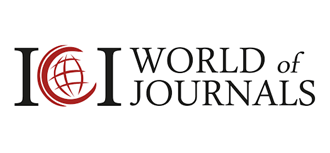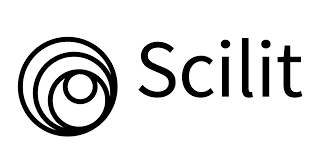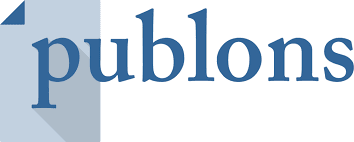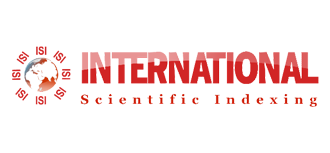Abstract
This article presents a method for identifying the effects of tourism economic specialization on residents’ health. The methodology is based on the non-medical determinants of health. On an area specializing in tourism, we propose using health determinants as a multidimensional framework for understanding the influence of this specialization on overall health. This article is based on a case study carried out on the island of Majorca (Balearic Islands, Spain) among the population of tourism workers, who are directly exposed to the effects of the development of tourism in their area.
Keywords:Health; Tourism; Work; Lived space; Wellbeing
Introduction
Ill-being and inequalities observed within certain territories specialized in tourism activity are insufficiently documented due to a lack of combined socio-spatial indicators to analyze them accurately. This article proposes to renew the reading of the social space of societies subject to high levels of tourism activity by using a relatively unthought-of dimension of tourism planning and scientific studies on tourism on tourism: health and its determinants [1]. The determinants of people’s health [2] are used here as a way of interpreting the influence of a region’s specialization in tourism.
State of the Art
Health determinants are a multidimensional approach which, at the territorial level, integrates environmental, economic, social and political dimensions (in the sense of health system governance) and the associated risks [3]. They represent an analytical framework for mobilizing health as a socio-spatial indicator. Indeed, health in tourist destinations is an excellent indicator of economic and social development, as well as reflecting inequalities [4].
Method
This article is based on a case study carried out on the island of Mallorca (Balearic Islands, Spain) among catering workers. During the high tourist season, they are directly exposed to the effects of the development of tourism in their area. The survey took place in 2022, at the time of the post-Covid 19 upturn in tourism. A seven-month direct observation phase was carried out combined with a survey made of forty-seven semi-structured interviews with tourism workers (N=29) and local stakeholders (trade unions, politicians, doctors and professionals from mutual health organizations) (N=18). Models of health determinants and a review of the literature on tourist destination configurations were used to create a framework for understanding the tourist destination as experienced, in this case by tourism workers (Figure 1).
Results
Employment and working conditions
Workers experience ‘clock stress’, which refers to the inability to rest during the break between lunchtime and evening shifts, and the anxiety of having to return to work after their break without recovering. The survey also revealed the heat stress suffered by workers during the peak tourist season, when the heat in restaurant kitchens is increasing because of global warming. The prolonged labor shortage in the tourism sector is also creating work overload for the existing workforce, leading to an increase in workplace injuries. Finally, the survey revealed the existence of feminized and even sexualized workplaces in several nightlife resorts, with gender-based disadvantages.

Income and social status
The interviews highlighted the lack of social recognition of the catering profession in the tourism sector, which may increase the risk of depression and cardiovascular disease (Siegrist, Li, Montano, 2014). All teh more since the seasonal nature of tourism activity generates discontinuity of employment and precariousness of workers’ status.
Social capital, education and culture
The survey shows that nationals from the southern hemisphere (particularly South America and sub-Saharan Africa) are over-represented in the most menial jobs with difficult conditions. These same workers take as their point of reference the labor laws of their country of origin rather than the local collective agreement, which makes them more vulnerable to situations of exploitation at work.
Access to care and availability
The doctors interviewed spoke of the existence of a two-tier medical system in Mallorca: local and tourist medicine. During the high season, tourist medicine can attract resources that are in short supply in the system for the local population.
Habits and adaptability
Workers in the tourist catering industry put their health aside during the high season (postponing care) so that they can work as much as possible and survive the winter. There is also evidence of risky behavior linked to excessive consumption of alcohol and medication among some of the workers questioned, particularly in the nightlife tourist resorts.
Physical and social environment
High rents (the result of gentrification by tourism) create housing difficulties for workers, segregation in tourist areas and the presence of substandard housing. The issue of gender, single parenthood and the difficulty of reconciling family and professional life also appear to be among the main difficulties experienced by the workers interviewed. Finally, the difficulty of managing waste during the high season, the over-consumption of water and the fact that almost all the products consumed are imported (making access to healthy food difficult) have a negative impact on health.
Conclusion
The example of tourism workers shows that health determinants are an original way of looking at the influence that a region’s socio-economic specialization in tourism can have. During the period in which fieldwork was carried out, the post-Covid 19 context, followed by a global labor shortage, had a particularly strong influence on the results. This reinforces the observation that tourist areas are particularly sensitive to crises (temporary or permanent) and to socio-economic upheaval. For example, this study highlighted the fact that the occurrence of a major pandemic crisis in an economy that is highly specialized in tourism quickly affects the most vulnerable populations. Among these, tourism workers are on the front line.
References
- Fleuret S, Jouault S (2019) For a joint approach to tourism and health: postulates from the example of Cancún - Riviera Maya (Mexico). Téoros 38(2).
- Wilkinson R, Marmot M (2004) The social determinants of health: the facts. (2nd edn), Geneva WHO, pp: 41.
- Alla F (2016) The determinants of health. In: Bourdillon F, Brücker G, Tabuteau D (), Treatise on Public Health, French, pp. 15-18.
- Siegrist J, Li J, Montano D (2014) Psychometric properties of the Effort-Reward Imbalance Questionnaire. Centre for Health and Society.




